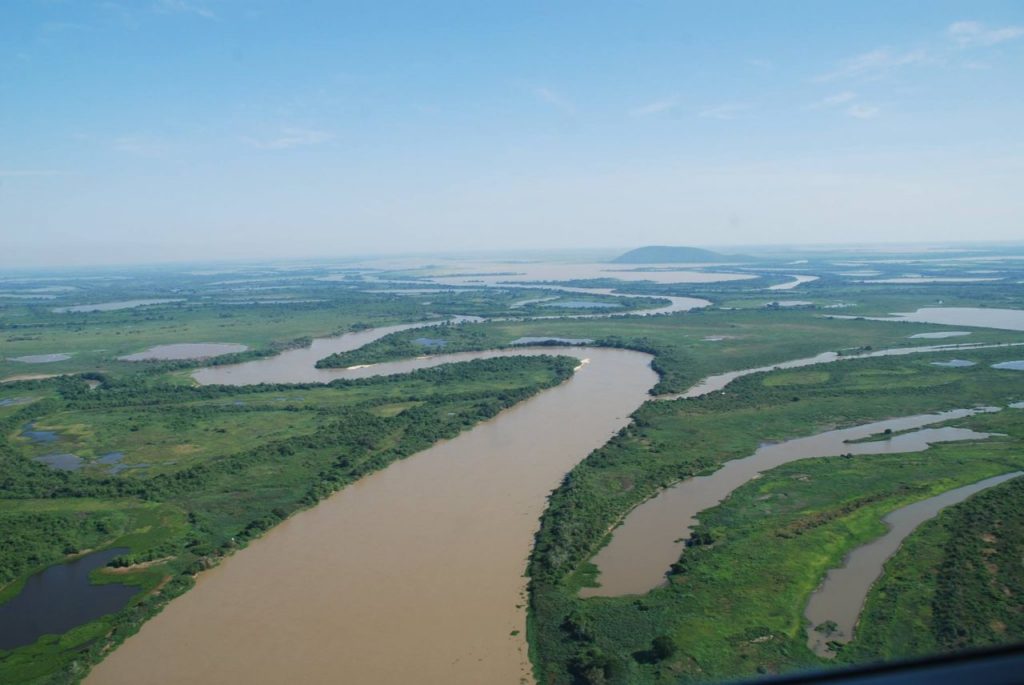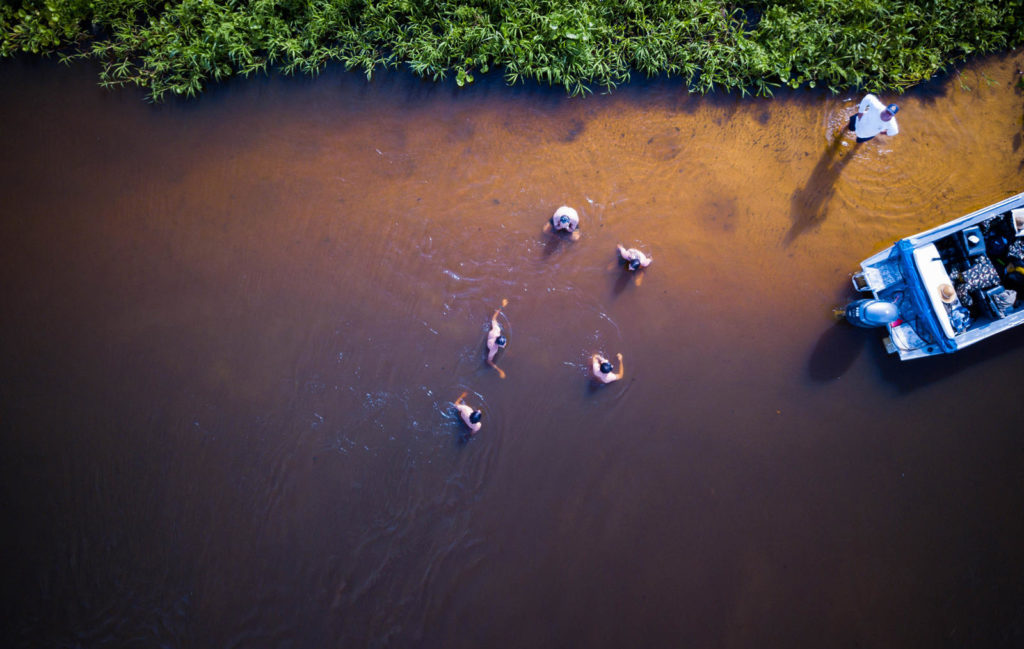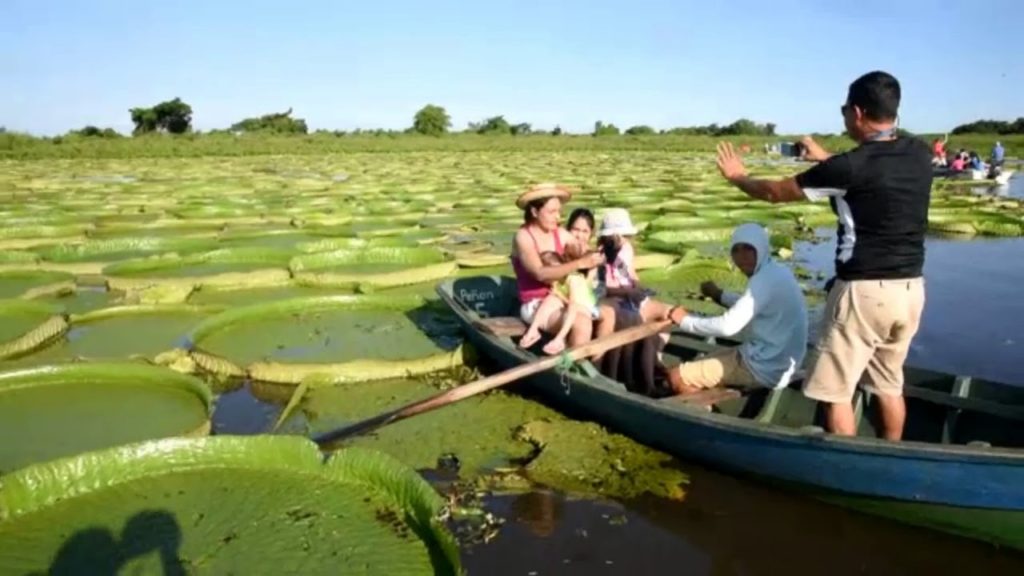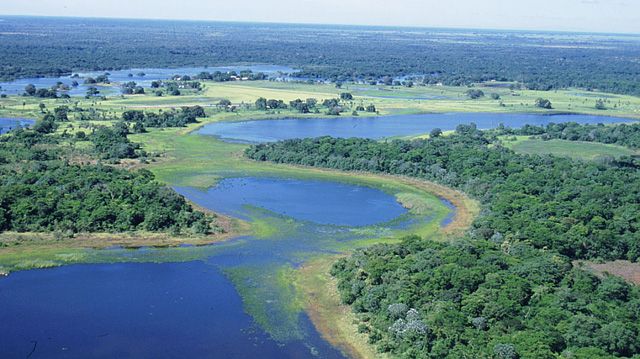The Paraguay River is a major natural asset of Paraguay that feeds it economy and natural ecosystem as the second largest river of the Río de la Plata watershed. Fundamentally, the Paraguay River has shaped Paraguay’s main commerce routes and its large borders. Also called “Rio Paraguay”, the Paraguay River stretches over 1500 miles from Brazil and into Paraguay via Argentina and Bolivia. It flows into the Parana River, another important Paraguayan river and continues to be a foundation of the Paraguayan lifestyle.
The Paraguay River forms a river border between Brazil and Paraguay before it curves to the south and splits Paraguay into its two main regions: the Chaco and the metropolitan portion. To the west of the Paraguay River, the Chaco is a hot scrubland where cattle herders and a few small cities reside. To the east, you find Asuncion and its neighboring modern cities. 98% of Paraguayan inhabitants live east of the river.

The Paraguay River has not been dammed for hydroelectric power use, and hence, it is a major commerce route between Brazil, Paraguay, Argentina and Bolivia. The Paraguay River serves as a route to the Atlantic Ocean for landlocked Paraguay. Paraguay has the second largest amount of river waterways (trumped only by the Amazon River). The cities of Asuncion and Concepcion are dependent on the Paraguay River for trade and commerce.
Locals also rely on the Paraguay River for fishing and water supply. Fishermen along the banks of the Paraguay River, especially on the Chaco side, depend on the river and make 90% of their earnings in fish marketing to local tourists and restaurants. As such, the riverbank of the Paraguay River tends to be populated with the poorer populations. When the river floods with seasonal rains, these poor populations are almost always displaced and they flood into the cities. Sometimes, the Paraguayan military has to dedicate land within regional parks and cities to facilitate emergency housing.

Another important function of the Paraguay River is agricultural irrigation. The economy of Paraguay is highly dependent on agriculture. A drought can spell disaster for the country, often not equipped with backup stores of food. Irrigation from the Paraguay River saves many farms a year from total drought and failure, especially in the arid Chaco region. The Paraguay River also serves many reservoirs throughout the country.
Tourists can enjoy the Paraguay River with local boat tours, unlimited fishing and camping. No permit is necessary for any of these activities, and locals will often give tours for a modest fee. Local restaurants in the larger cities also feature local catches from the Paraguay River, seasoned with lime juice. This is a favorite among locals and tourists alike. Local boat tours are common in Asuncion and near the Parana River, where hotels and shops are being built to account for the increased commercial tourism market in Paraguay.

The Paraguay River’s importance is inarguably a cornerstone of Paraguay’s overall economic health. Not only has this important landmark shaped Paraguayan history, but it continues to serve as the main commercial driver in the country.

